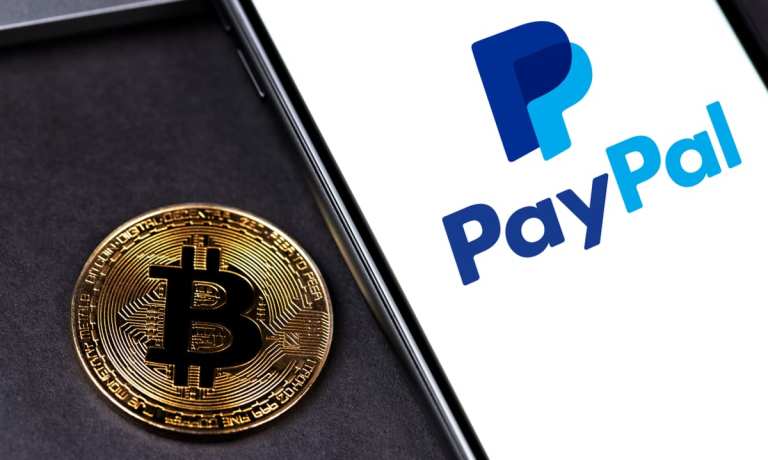PayPal Head of Blockchain Services Jose Fernandez da Ponte the company’s intentions at a CoinDesk-hosted conference called Consensus 2021, according to CoinDesk.
“We want to make it as open as possible, and we want to give choice to our consumers,” he said in a videotaped session made available by CoinDesk. “[Same] as we let them pay any way they want to pay, we want them to bring their crypto to us, so they use it in commerce, and we want them to take crypto they acquire with us and take it to the destination of their choice.”
According to CoinDesk, da Ponte also said at the conference that it is “way too early” for PayPal to offer its own stablecoin.
Asked at the conference about his expectations regarding central bank digital currencies (CBDCs), da Ponte reportedly said: “It absolutely makes sense that central banks will issue their own tokens.”
PayPal has been busy in the cryptocurrency space since announced March 30 when it announced that it would let U.S. customers use cryptocurrency as a payment method.
Advertisement: Scroll to Continue
In April of this year, the company said it would let customers link their PayPal accounts to digital wallets operated by Coinbase. The integration comes through PayPal’s popular Venmo payment app.
“Crypto on Venmo is a new way for the Venmo community to start exploring the world of crypto, within the Venmo environment they trust and rely on as a key component of their everyday financial lives,” Paypal Senior Vice President and Venmo General Manager Darrell Esch said in a prepared statement on April 20. “No matter where you are in your cryptocurrency journey, crypto on Venmo will help our community to learn and explore cryptocurrencies on a trusted platform and directly in the app they know and love. Our goal is to provide our customers with an easy-to-use platform that simplifies the process of buying and selling cryptocurrencies and demystifies some of the common questions and misconceptions that consumers may have.”
